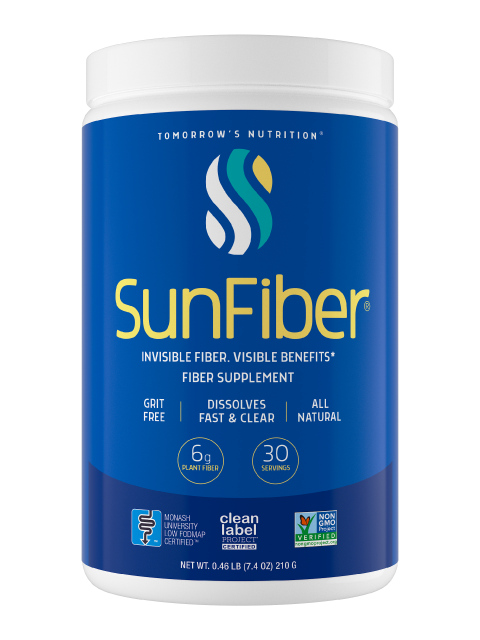If you’re a parent, you’ve likely struggled to get your child to eat more nutrient-rich foods and fewer refined “white” foods, such as sugar, crackers and bread. Many of the food powerhouses you want your kids to gobble up are loaded with fiber, which is no surprise considering a fiber-loaded diet supports overall health and is a key to healthy digestion and a happy gut.
Fibrous foods are sources of nutrients and vitamins that may help reduce the risk of heart disease, certain types of cancers and obesity. Fiber also nurtures a child’s developing microbiome — a healthy gut microbiome supports digestive health and overall wellness.
How do you know if your child is getting enough fiber? Too much time in the bathroom, discomfort when pooping or hard, dry stools are signs you may be dealing with a constipated child who needs more soluble fiber. This kid-friendly poop chart is a great resource for understanding if there’s a problem. If so, pediatrician Bill Sears, MD suggests natural changes before chemical laxatives: more liquids and high-fiber foods and a prebiotic such as Sunfiber.
How much fiber does your child actually need?
The average 6 to 11 year-old consumes just half the recommended daily amount of fiber. Here’s how much your child should be getting:
- 1 to 3 years: 19 grams
- 4 to 8 years: 25 grams
- 9 to 13 years: 26 to 31 grams
- 14 to 19 years: 26 to 38 grams
Kid-friendly, high-fiber foods
Fresh fruits and vegetables, nuts and beans are natural sources of fiber. If you’re dealing with a picky eater, try some of these kid-approved options:
- Apples and pears: Leave the peel on!
- Berries: Raspberries are one of the highest-fiber options, but any will do. Bonus: They’re easy to pack for a snack when you’re on the go.
- Carrots: This is one veggie kids usually eat without a fight. Plus, you get the added benefits of vitamin A and carotenoids.
- Whole grains: Your sandwich bread choice matters. Whole grain English muffins are an easy breakfast option. If you never introduce white bread into the mix, you may just find that your little one loves whole-grain options!
- Chia seeds: These make the list not because your child will love the taste, but because you can sneak them into so many foods without impacting the taste. Add them to smoothies, yogurt or the jelly you put on whole-grain toast.
- Popcorn and nuts: Try these as snacks instead of defaulting to cheese and crackers. Almonds, pecans and walnuts are highest in fiber.
Supplementing fiber for kids is safe and smart
Sometimes, even though you know the right foods to choose and how much fiber your child needs, getting the right amount through diet just isn’t possible. And that’s OK! Sunfiber is safe for kids and offers the benefits of fiber, without the additional gas, bloating and loose stools associated with other supplements.
Sunfiber is tasteless and odorless, so sneaking it into a favorite food or beverage is a cinch, and it’s a prebiotic that feeds the gut’s good bacteria.
Do your best to swap processed, constipating foods for fibrous, plant-based options, and consider a supplement such as Sunfiber. Soon uncomfortable trips to the bathroom will be a thing of the past.



0 Comments